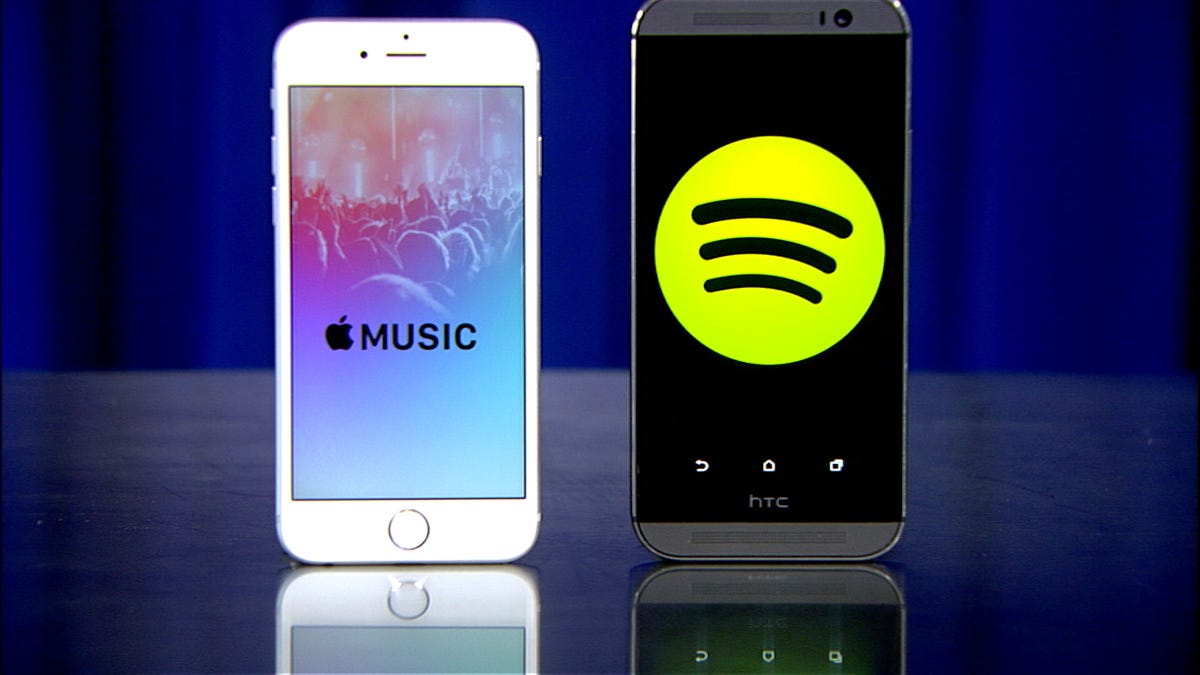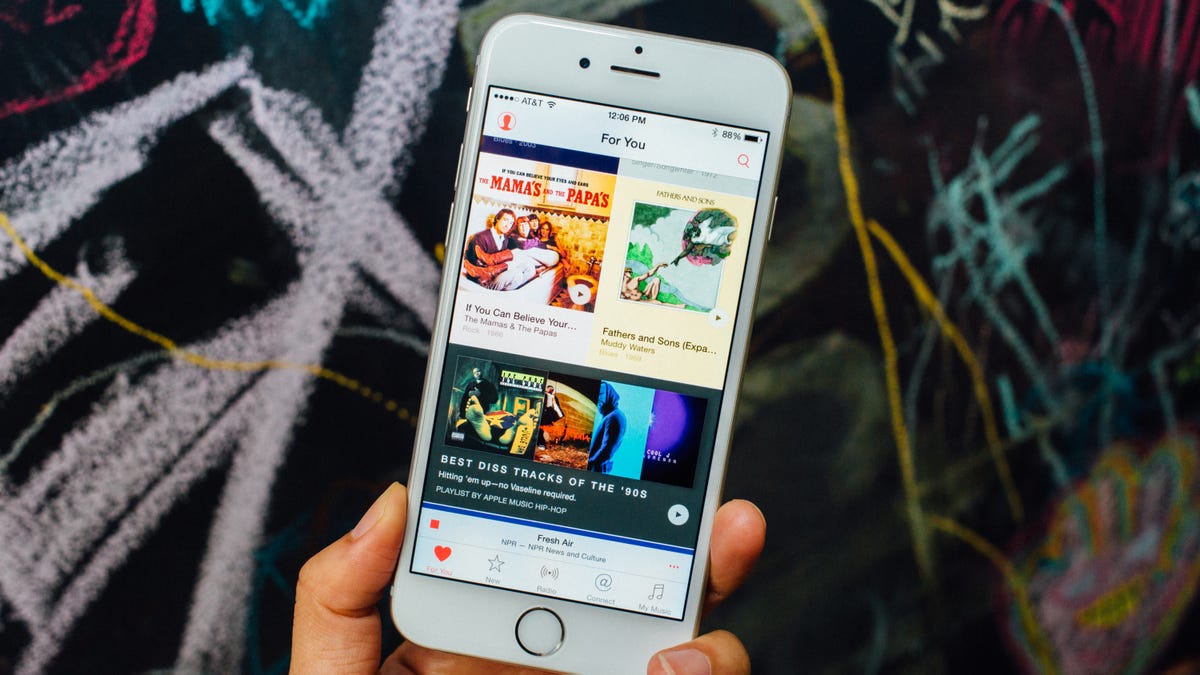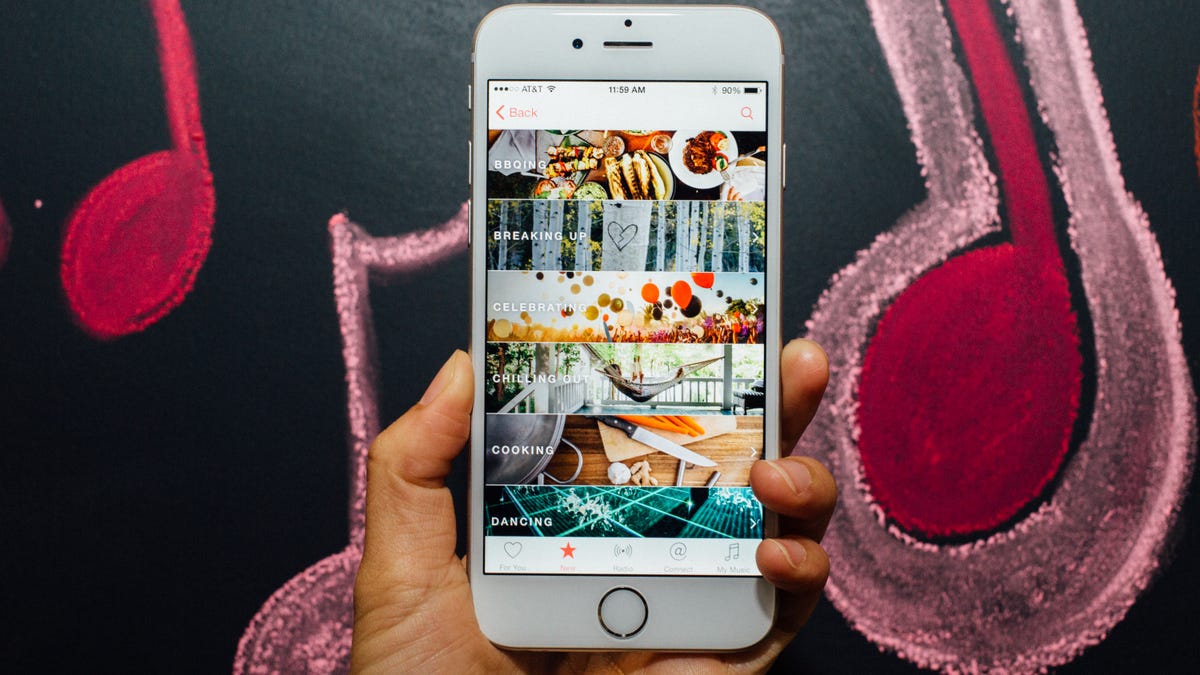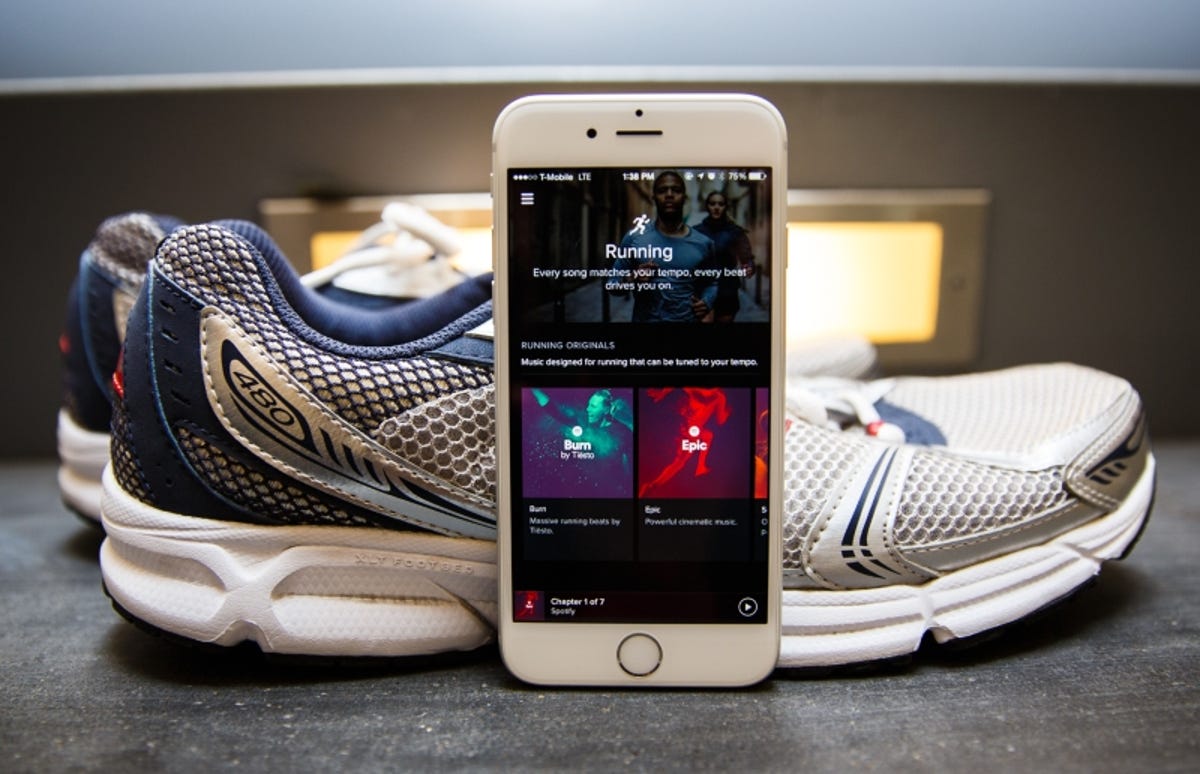
CNET
Apple Music debuted in June, with an assertion of that it is the music service to end all music services. It has a few good things going for it; it includes hand-curated playlists, has an exclusive live radio station and it’s already installed on iOS gadgets. In the months since its launch, however, Apple Music’s reception has been lukewarm, with many people canceling their subscriptions.
After signing up, I decided to make Apple Music my only music service during its initial three-month trial period. I canceled my Spotify subscription and worked on personalizing Apple to suit my musical listening habits. I found playlists for my runs, browsed the For Me tab frequently for music to listen to while I worked and poked around my library to find music I’d purchased in iTunes years ago.
The first few days were just fine as I got to know the app. Then, problems arose left and right and after a week, I had already dropped Apple Music and ran back to Spotify. It’s easy to blame my longtime dependency on Spotify, where I have spent years curating a music and playlist collection, for my quick departure. Nonetheless I’m also pointing a finger at Apple Music for not delivering the features I want and need. There are several reasons I ditched Apple Music and don’t feel compelled to go back.


Josh Miller/CNET
Reason one: Stale recommendations, short playlists
Apple Music’s For You tab is a hub for music recommended for you. If you’re ever unsure of what to listen to, it’s the place to check first. However, in my initial testing of Apple Music, I found the recommendations got stale quickly, showing the same albums and playlist themes over and over. Even worse were the introductory playlists to artists I had already told Apple Music I loved. After telling the app when I signed up that I was a fan of Jimmy Eat World, I was recommended an “Introduction to Jimmy Eat World” playlist. I’d rather get recommendations for artists similar to them, instead of playlist with the band’s greatest hits that I already know and love.
For the playlists I did want to hear, I was constantly disappointed that they often contained less than 20 songs. This is likely because so many playlists are so niche, like “Nicki Minaj’s Fiercest Rhymes,” so there isn’t much variety to include. That means if I don’t like a few of the songs in the list, then I’ll reach the end quickly and have to move on to a new one. I found myself doing that frequently while listening and I longed for Spotify’s much longer playlists that last several hours.
Reason two: Lack of community
Undoubtedly one of Spotify’s greatest strengths is its community. Its millions of users have built hundreds of thousand playlists that span all kinds of genres, activities or moods. You can find playlists for TV and movie soundtracks, niche topics — like road trip sing-a-long — and every party you can think of. If I ever need a new playlist for working out or a party, all I have to do is search. I love to listen to these playlists and use them as jumping off points for new ones I create.
Apple Music’s playlists are all created by a team at Apple. There is no way for you to create a playlist in Apple Music and publish it for others to hear or copy. Even sharing playlists directly with friends is a complicated affair, whereas Spotify makes it incredibly easy to share within your social circle. While Apple Music has a substantial variety of playlists, they are often missing a personal touch that only comes from a big community of music fans.
Reason three: Overly-complicated design
In the beginning, I was wooed by Apple Music’s colorful, bright design. Once I started using it, I realized that there were a few flaws with how Apple organizes everything.


Sarah Tew/CNET
For me, the app’s design is too complicated, making it hard to get around. Every tab feels like it’s busting at the seams with too many menus, submenus and content. The differences between the For You, New and Radio tabs aren’t immediately obvious, because they all look similar. Within those tabs there’s not much organization, with playlists, albums, videos and other groupings thrown together in no discernible order. Even the search tool is complicated, with separate tabs for Apple Music (the streaming tracks) and My Music (tracks you’ve purchased).
Spotify’s design isn’t worlds better, especially in the mobile apps, it is much more streamlined. The slide-out menu helps you jump from section to section, switching between new and recommended music and the tracks you’ve saved to your profile.
Reason four: Few extra features
Apple Music does a perfectly fine job of playing music, both on demand and with its radio feature. Unfortunately, it lacks extra features to make it stand out from the crowd. All of the features it has, sans its own live radio station, are features that Spotify, Rdio, Rhapsody and others have had to some extent for years. That includes searching for music, streaming individual tracks over the Internet, creating playlists and downloading music for offline listening.
This year, Spotify added two big new additions that make it more versatile and appealing. First is Running, a tool that gives you music to run too that closely matches your pace. There’s also Shows, which are built-in podcasts and audio news shows, so you can listen to something other than music. These aren’t ground-breaking features, but I like that these extras are available in a single app.


Josh Miller/CNET
Reason five: Bugs
Apple Music has been particularly afflicted by bug and stability issues from the beginning. Granted, some of these bugs were resolved with an iOS update in August, but other problems still remain.
Before and after the update, significant bugs I’ve encountered include music purchased from iTunes not appearing in the “My Music” section of the app and playlists not syncing from mobile to iTunes on the desktop. Another bug asks you to sign up for Apple Music when you select a track to play, even after you’ve signed up for a subscription. I’ve also encountered issues with the live Beats 1 radio station abruptly stopping or freezing.
Spotify isn’t completely bug-free, but I rarely encounter issues that make using the app difficult. Ultimately, Apple Music’s bugs were bothersome enough to make me give it up.
Reason six: Very limited free option
Though I’ve been paying for Spotify for a while, it’s comforting to know that if I cancel my subscription, I can still use the service albeit with some limitations. Spotify’s free tier lets you play music from its catalog and shuffle music in any playlist, but you’ll hear ads.
Apple Music doesn’t let you play any music from the catalog without a subscription. You can only use the app to play music you’ve purchased in iTunes and listen to the app’s radio stations. With radio, you can skip up to six songs per hour and there’s no rewinding.
Should you use Apple Music?
Just because I’m not a fan of Apple Music doesn’t mean it’s a terrible service. Problems and bugs aside, it does have some redeeming qualities. You can very easily listen to music you’ve purchased through iTunes, right alongside streaming tracks (Spotify has a similar feature, but it’s difficult to use). Live radio station Beats 1 is an unique listening experience you won’t find anywhere else. Apple Music’s catalog has millions of tracks, including exclusives you won’t find on other services. And Apple Music provides more personalized music suggestions than any other music service I’ve used.
What I’m saying is that Apple Music isn’t terrible, but it’s not for everyone. If you need some guidance figuring out which music streaming subscription would be good your needs, check out CNET’s guide to the top music services to get started. Also be sure to check out six things to consider when choosing a subscription.




